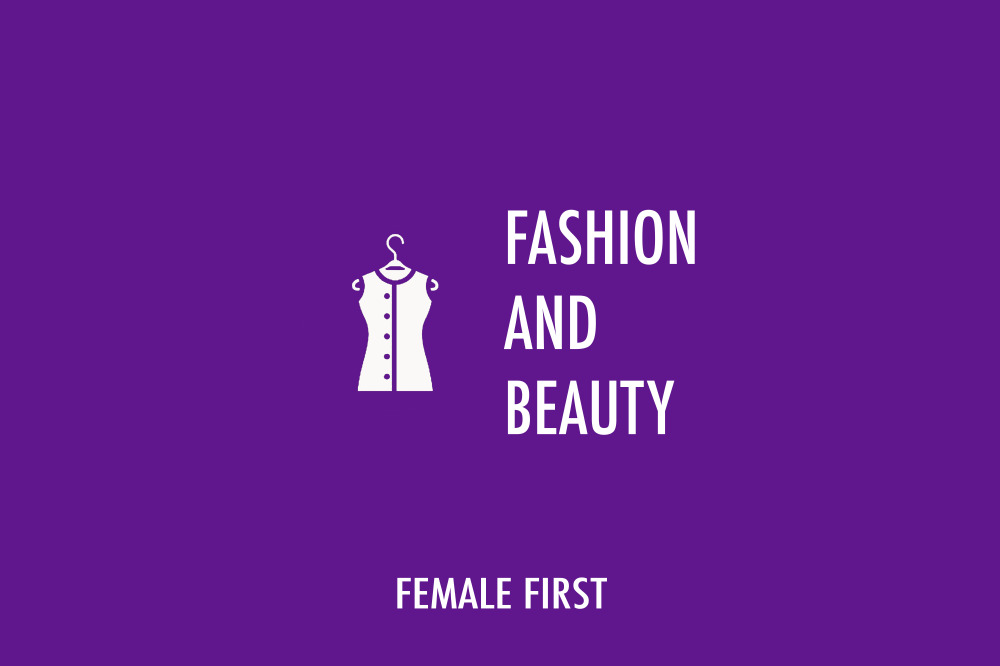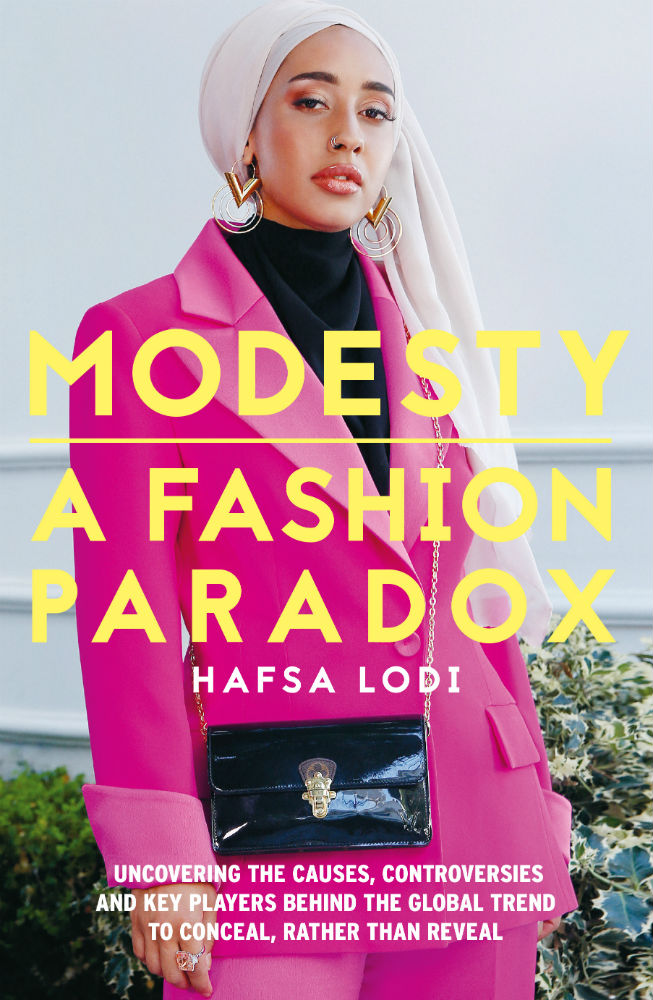
What are the reasons and inspirations behind the growth in modest fashion? So much more than a solely ‘Muslim movement’, influences stem from religion, culture, generation and personal style. Modesty: A Fashion Paradox by journalist Hafsa Lodi (Neem Tree Press, March 19 2020, £20) explores the booming $250 million modest fashion market, the politics of covering up, the rise in major fashion labels plus high street brands such as Gucci and H&M embracing the industry, and the history – and future predictions – for the modest fashion business. Featuring interviews with high profile models, businesswomen and academics, including Mariah Idrissi, Halima Aden, Melanie Elturk, Dian Pelangi and Faiza Bouguessa, Modesty speaks of the forces that have helped shape the industry into a significant retail sector, while also exploring the controversies that lie at the heart of the movement.
Journalist and author, Hafsa Lodi, shares 10 things she’d like you to know about modest fashion.
10 things you need to know about modest fashion
- It isn’t a solely “Muslim” movement. Designers and creatives of other faiths have long been catering to this niche market – in the US in particular, Jewish- and Mormon-owned fashion brands have been creating garments that are both stylish and conservative, for years.
- Modest fashion has no cookie-cutter definition – whether or not women are influenced by faith, approaches to dressing modestly differ significantly across the board, and are often influenced by religion, culture, generation and personal style.
- Modest fashion is no longer difficult to source in mainstream stores, as was the case a decade ago. A Bain & Company study found that modest fashion, or clothing that can be worn by Muslim women, made up approximately 40% of women’s luxury ready-to-wear in 2018, and the movement has only gained momentum since.
- The financial incentives behind modest fashion are impossible to ignore. Like it or not, retailers’ dedicated modest lines and collections are not being launched to show their commitment to diversity, but instead, to attract the spending power of an affluent Middle Eastern and Muslim target market.
- Instagram has truly propelled modest fashion into the mainstream, giving a space for women who follow faith-based dress codes to flourish with tens and hundreds of thousands of followers (some even surpass a million). They are the muses of the movement, prompting many Western fashion brands to start catering to women who seek more conservative clothing styles.
- Many modest fashion business owners influenced by faith, argue that modesty doesn’t stop with conservative silhouettes, and that other principles, such as sustainability and inclusivity, must be adhered to as well as modesty, in order for a brand to be in compliance with the religious ideals that they’re motivated by.
- Some Western, non-Muslim celebrities have also provided style inspiration for followers of modest fashion – women married into the British royal family like Kate Middleton and Meghan Markle for instance, now adhere to a relatively modest dress code, and their shoulder-and-knee-covering outfits often sell out at stores after they are spotted wearing them.
- Though headscarf and burkini bans may be trending across European nations due to governments’ fear of condoning the “oppression” of women, many followers of modest fashion claim that dressing conservatively can be empowering. Many women argue that choosing to cover up is a feminist assertion, even though mainstream pictures of feminism, propagated by musicians and reality television stars, involve the shedding – not layering – of clothing.
- Although many proponents of modest fashion celebrate the arrival of modesty in mainstream fashion, some believe that putting modest fashion on a pedestal can have negative consequences for those who don’t ascribe to this lifestyle. They fear that women don’t wear modest clothing, could be labelled immodest, and thereby immoral, which is counterproductive to promoting tolerance and inclusivity.
- Whether or not modesty remains a trend or buzzword in the fashion industry, it will always have a large target market of women of faith for whom modesty is a deeply-rooted lifestyle – so it would be a lucrative business decision for retailers to continue to serve this historically-underserved consumer segment.


